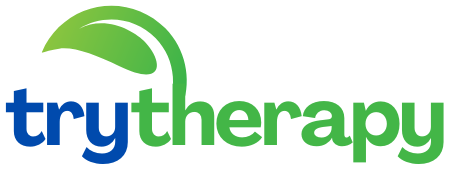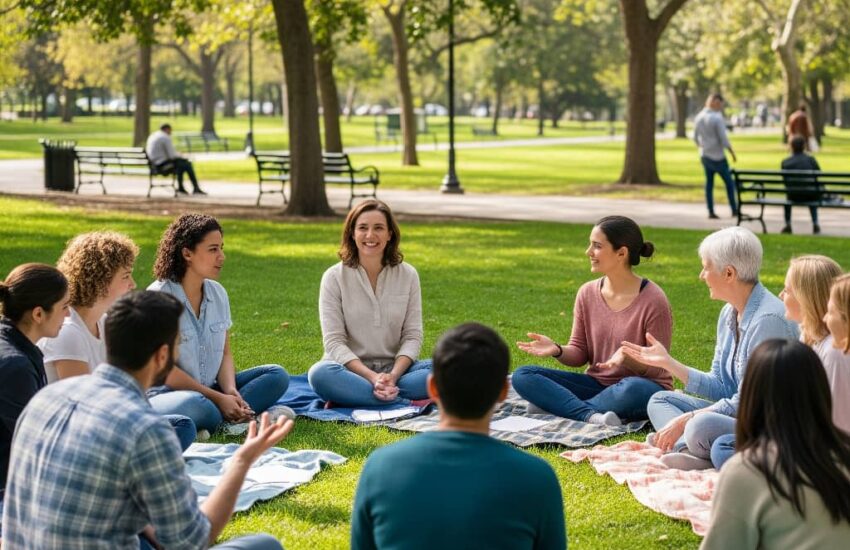Beyond individual healing, therapy builds community resilience. Uncover how mental health professionals help neighborhoods weather crises, bridge divides, and foster collective wellbeing. I first witnessed therapy’s power to transform communities after the wildfire that ravaged our town, as we gathered at the high school gym-turned-shelter, a team of therapists set up beside the Red Cross tables. At first, people avoided them until one firefighter sat down in tears, unleashing a wave of shared grief that became the foundation of our recovery. That experience shattered my assumption that therapy only happens in private offices between one client and one clinician. The right mental health interventions, I learned, can weave invisible threads of resilience through entire communities.
Community therapists operate differently than traditional practitioners. Where individual therapy focuses on personal growth, community psychology addresses collective trauma and systemic stressors. After the fires, these professionals didn’t just counsel survivors, they trained teachers in trauma-informed classroom techniques, mediated tense town hall meetings about rebuilding plans, and even advised local businesses on supporting employees’ mental health. Their work recognized what disaster research confirms: communities heal faster when psychological support integrates into recovery efforts, not as an afterthought but as a central strategy.
Preventive mental healthcare builds communal shock absorbers before crisis strikes. In Minneapolis, neighborhood therapists now conduct “emotional preparedness” workshops alongside traditional disaster drills. Participants learn how stress manifests in groups, how to recognize collective trauma responses, and simple techniques to restore calm during upheaval. One Somali immigrant community adapted these approaches using traditional storytelling circles, creating a culturally familiar container for processing racial tensions after George Floyd’s murder. Their therapist facilitator told me, “Resilience looks different in every neighborhood, our job is to help communities discover their existing strengths.”
Group therapy formats naturally foster social connections that buffer against isolation. The senior center in my town hosts “grief pods”—small therapy groups organized by loss type (spouses, adult children, lifelong friends). What began as clinical support evolved into an informal care network where members now check on each other between sessions. Similarly, veterans’ coffee groups led by trauma therapists have reduced suicide rates in three counties by creating peer accountability alongside professional support. These hybrid models prove that therapy can simultaneously heal individuals and strengthen community fabric.
Therapists increasingly serve as cultural interpreters during community conflicts. When our school district faced bitter divides over mask mandates, a team of conflict-resolution specialists facilitated listening circles that prevented the toxic polarization plaguing neighboring towns. Their approach taught me that therapists possess unique skills for depolarization: they’re trained to sit with discomfort, reframe adversarial narratives, and help people articulate fears without demonizing opponents. One mediator described her work as “helping communities have the difficult conversations they need to stay whole.”
Workplace mental health initiatives create ripple effects across communities. A manufacturing plant near me brought in therapists to address rising absenteeism and discovered most workers were stressed about childcare and elder care. The resulting support groups became information hubs connecting employees to local resources while giving management insights to improve policies. Now, therapists consult on everything from shift schedules to break room design—recognizing that worker wellbeing depends on systemic factors beyond individual coping skills.
Therapy techniques are adapting to communal settings in innovative ways. “Walk-and-talk” therapy in public parks normalizes mental health care while increasing neighborhood safety through presence. Library-based “therapy dog hours” reduce social isolation for both children and seniors. Even barbershops are becoming mental health hubs through programs training stylists in active listening while therapists hold office hours in back rooms. These approaches meet people where they already gather, dissolving barriers to access.
Digital tools expand therapy’s community impact dramatically. After a local teen suicide cluster, therapists partnered with schools to create a secure online platform where students could request help for friends exhibiting warning signs. The system, which routes concerns to appropriate resources while maintaining anonymity, has generated over 300 interventions in two years. Similarly, text-based crisis services are being adapted for community-specific needs—farm crisis lines, veteran check-in systems, and culturally tailored hotlines in multiple languages.
The economic argument for community-focused therapy is compelling. Every dollar invested in school-based mental health services yields $11 in long-term savings from reduced healthcare costs and increased productivity. Neighborhoods with accessible counseling services show lower rates of substance abuse, domestic violence, and child welfare interventions. Even property values benefit from the stability created by strong mental health infrastructure—a fact that finally convinced our skeptical city council to fund a community counseling center.
Perhaps therapy’s greatest community gift is helping people reimagine collective futures. After our town’s main employer closed, therapists facilitated visioning sessions that transformed despair into creative revitalization plans. Participants processed grief over losses while brainstorming adaptive solutions, a balance that prevented the apathy seen in neighboring towns facing similar crises. The resulting farmer’s market incubator and retraining programs emerged directly from these psychologically informed conversations.
Watching my community’s journey taught me that therapists are the quiet architects of resilience. Their work strengthens the invisible connections that allow neighborhoods to bend rather than break under stress. In an era of increasing isolation and polarization, perhaps what we need most are more professionals who understand how to heal not just minds, but the spaces between us.
References
Anxious Minds. (2025, March 27). The importance of community support in mental health. https://www.anxiousminds.co.uk/community-support-in-mental-health/
Grand Rising Behavioral Health. (2025, July 25). How therapy supports individuals in rebuilding community connections. https://www.grandrisingbehavioralhealth.com/blog/how-therapy-supports-individuals-in-rebuilding-community-connections
Barry, M. M., Clarke, A. M., Jenkins, R., & Patel, V. (2013, September 11). A systematic review of the effectiveness of mental health promotion interventions for young people in low and middle income countries. Social Science & Medicine, 112. https://pmc.ncbi.nlm.nih.gov/articles/PMC3848687/
National Institute of Health Research and Development, Ministry of Health of Republic of Indonesia. (2015). The effectiveness of community-based mental health program by community health centers on the recovery of patients with psychosis in Aceh. ASEAN Journal of Psychiatry, 16(2). https://www.aseanjournalofpsychiatry.org/articles/the-effectiveness-of-communitybased-mental-health-program-by-community-health-centers-on-the-recovery-of-patients-with-p.pdf

